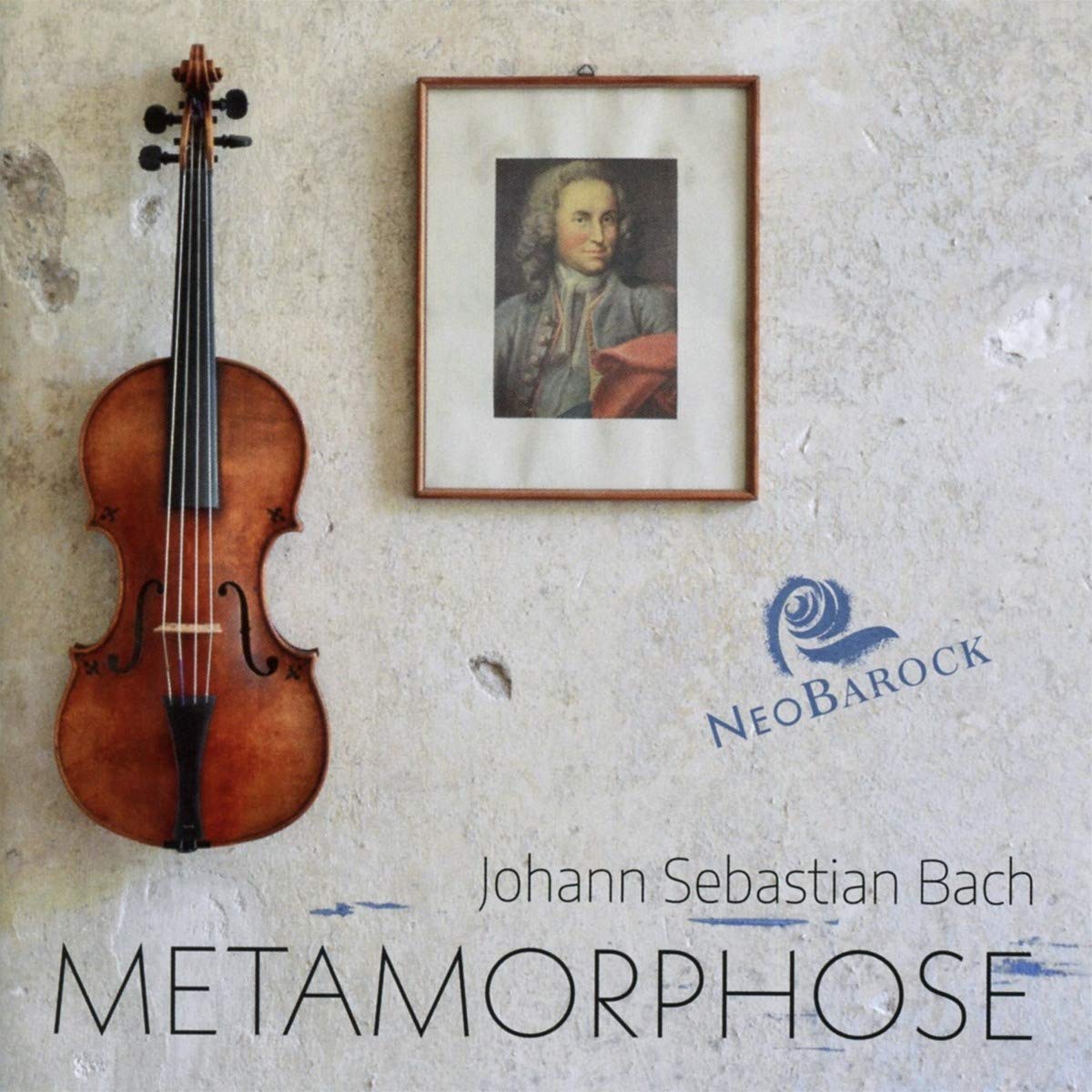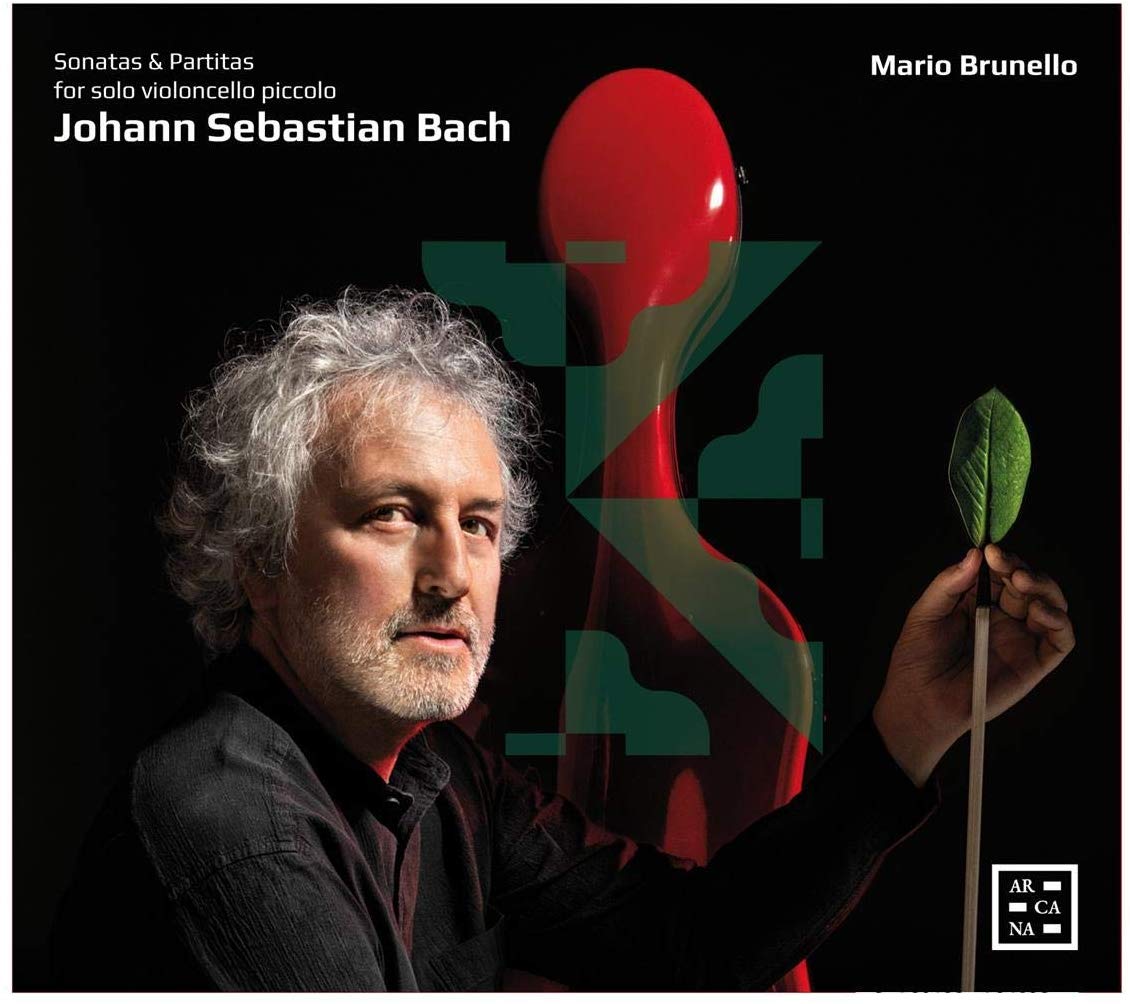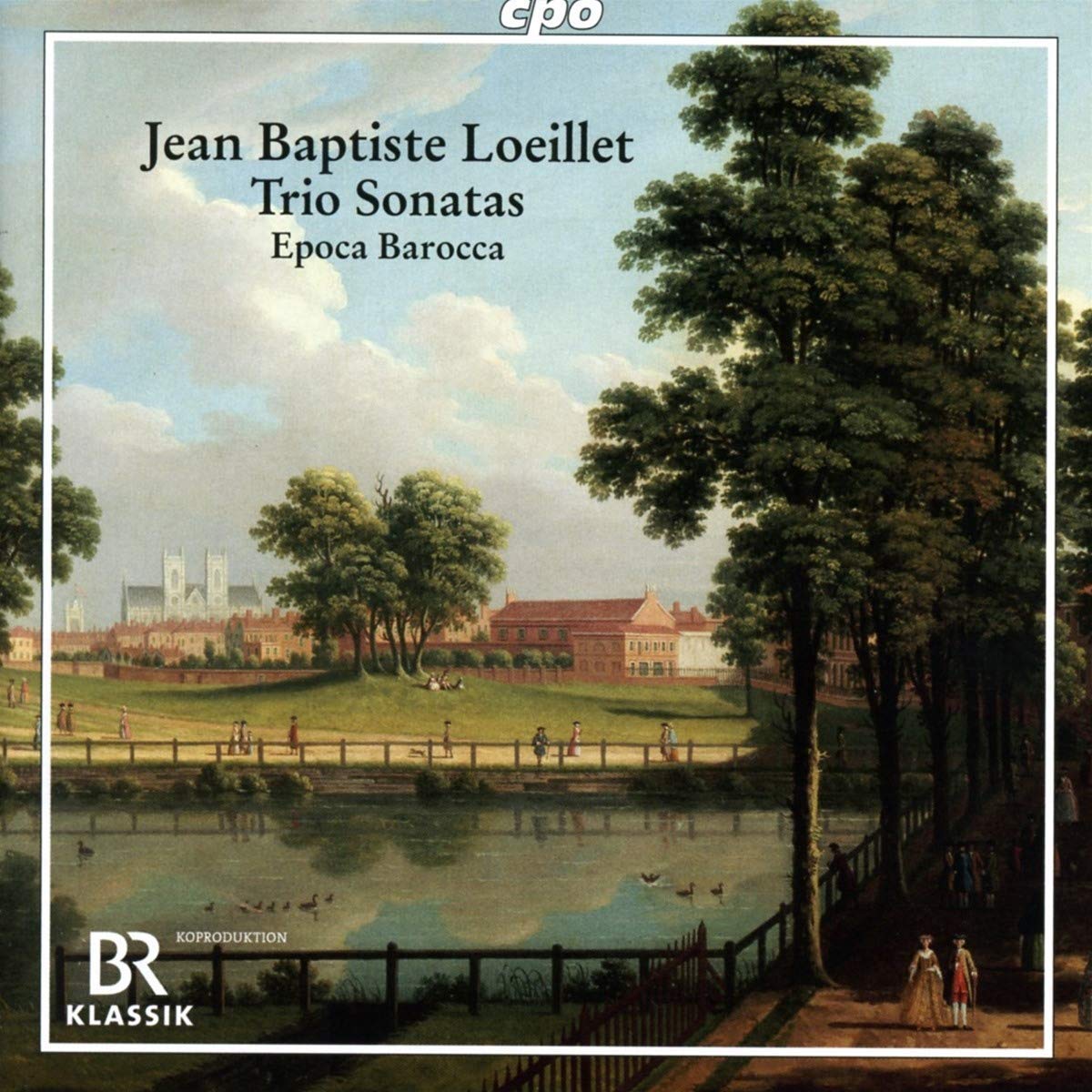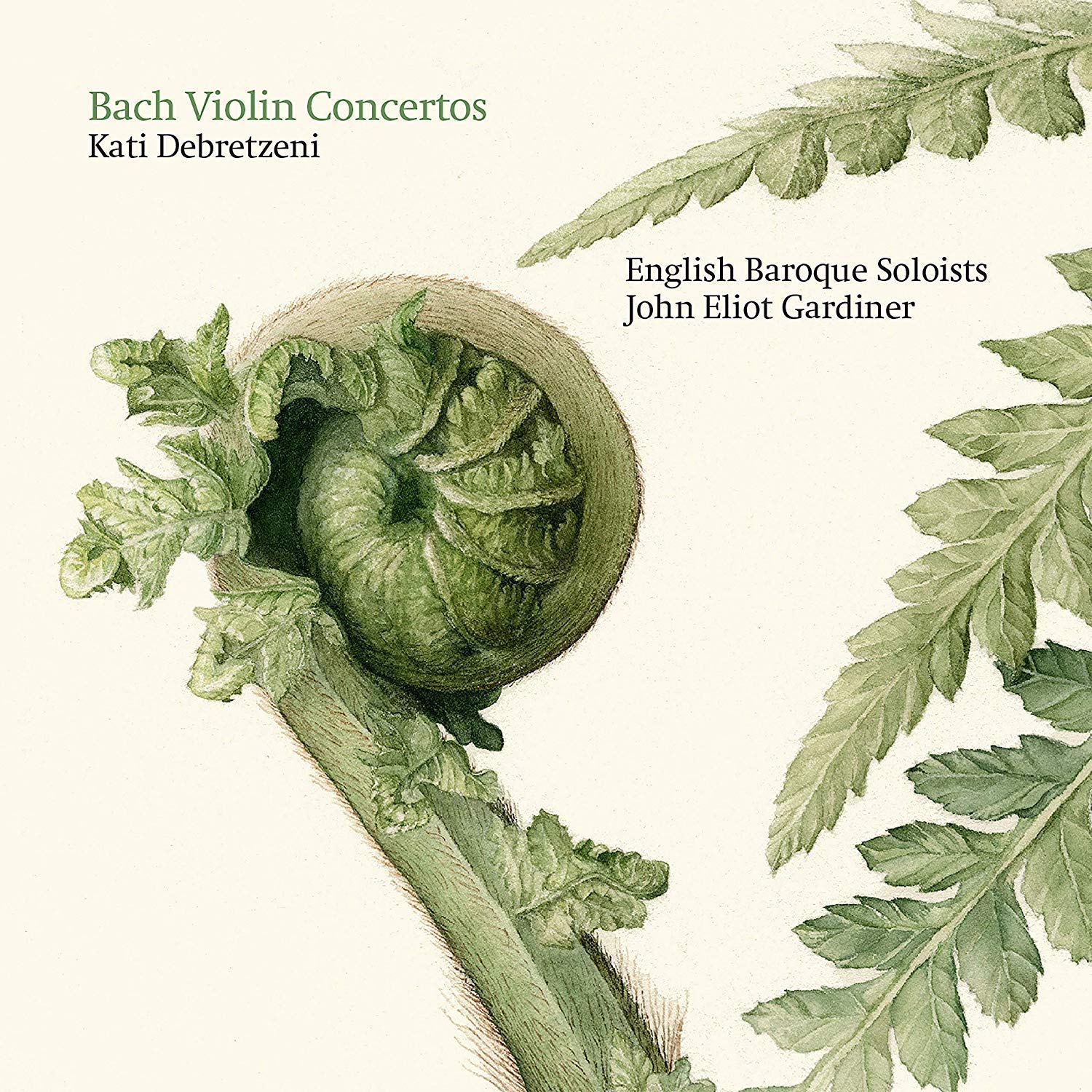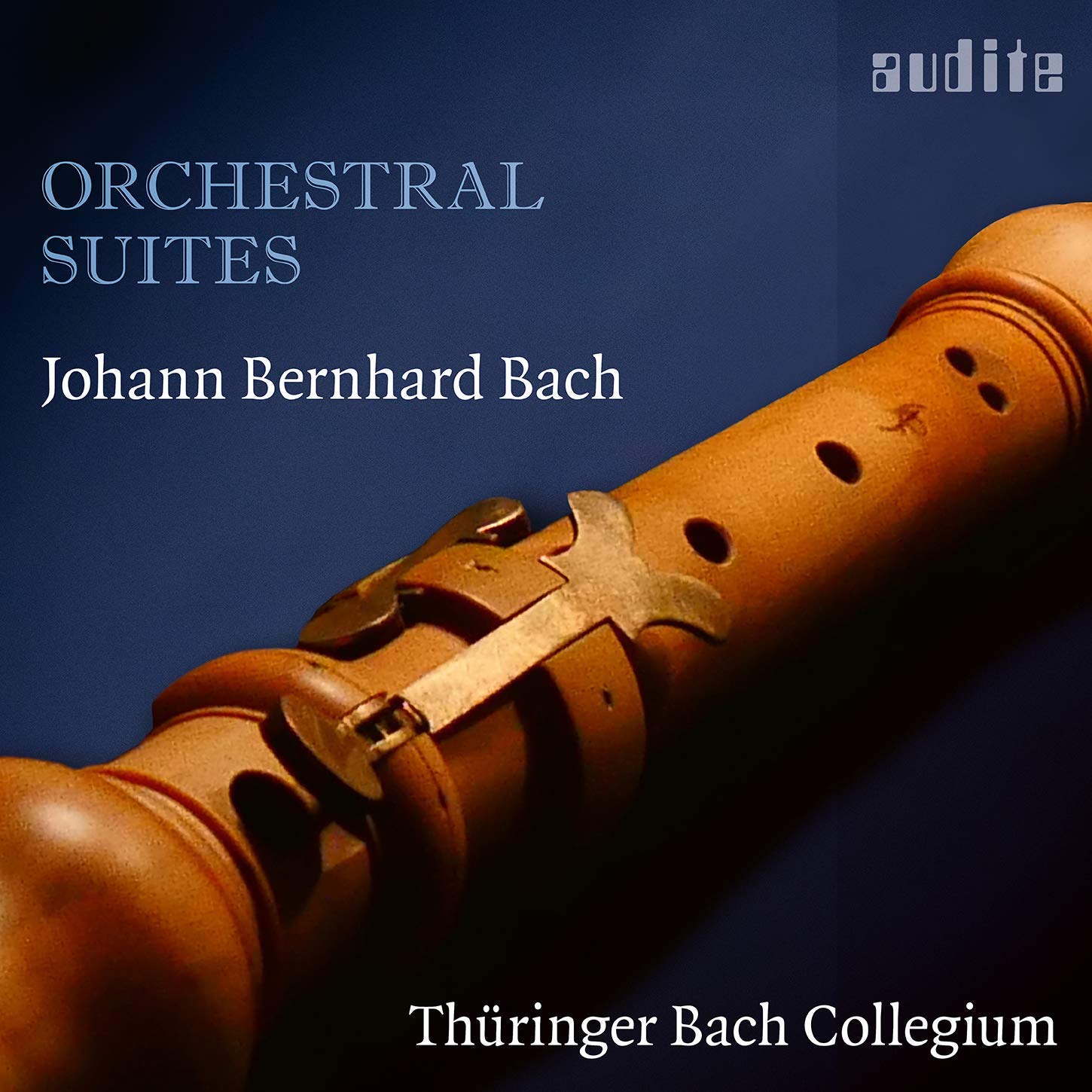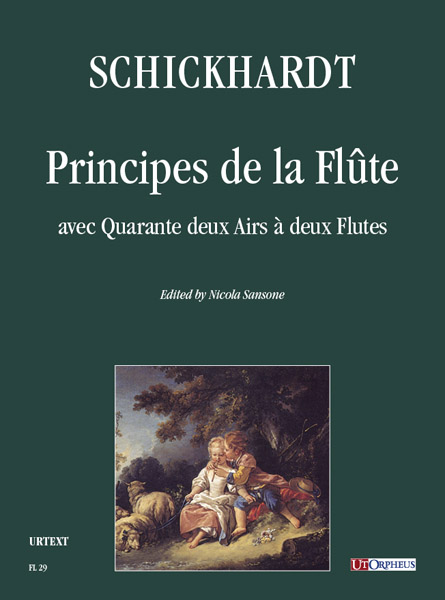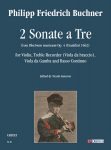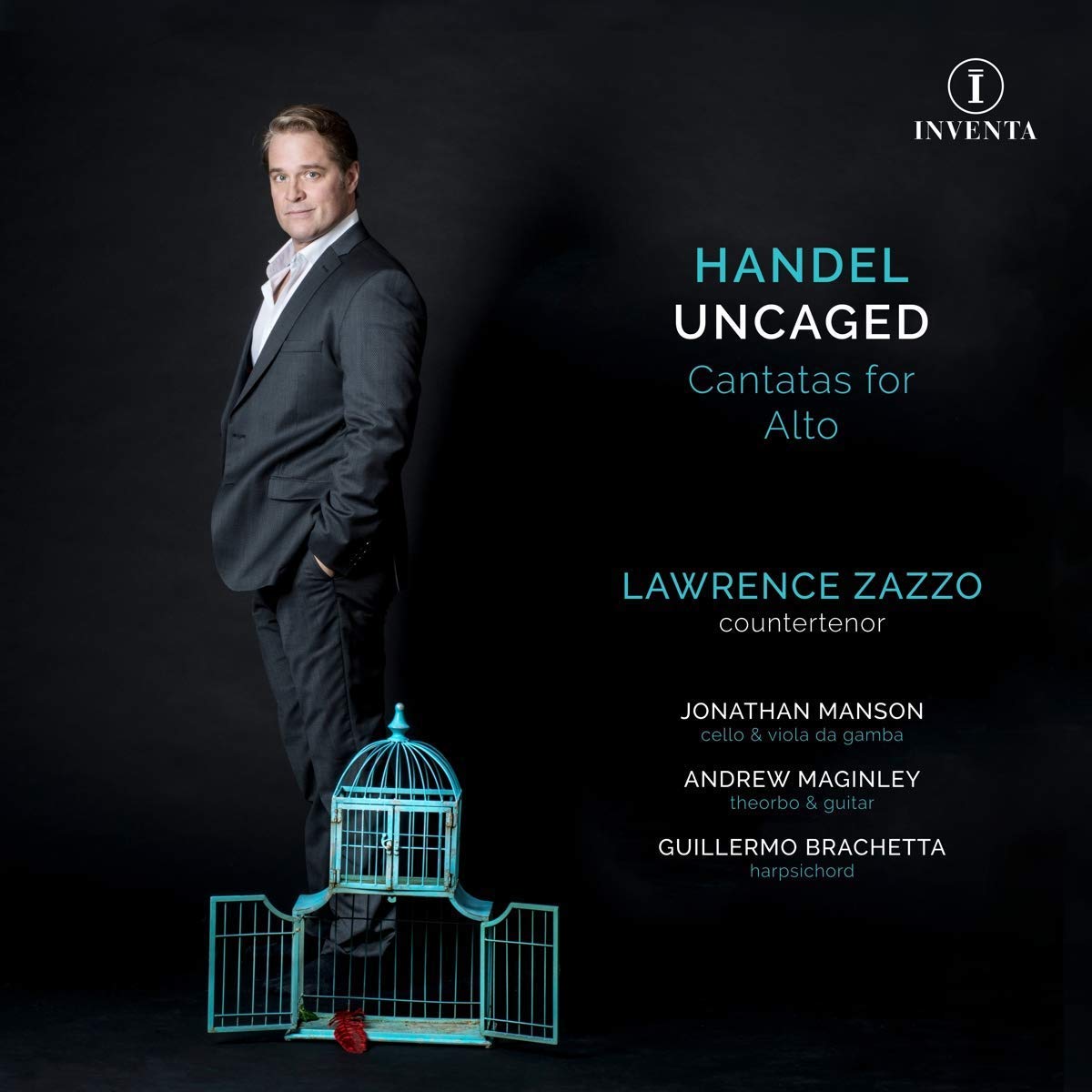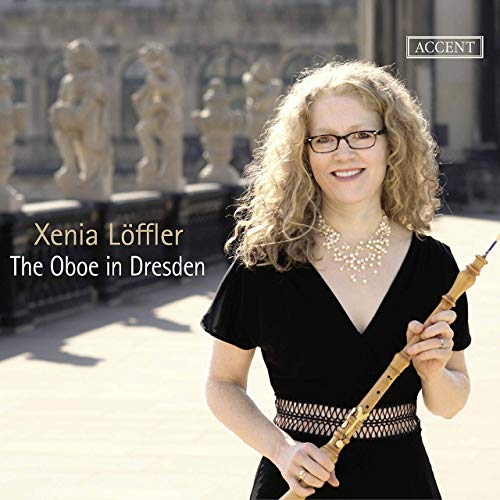NeoBarock
55:55
ambitus amb 95 606
Click HERE to buy this on amazon.co.uk
This CD is one of those many available in recent years that give us the supposed original of works by J. S. Bach that are known from later parodies, versions or arrangements by the composer. They increase the availability to – in this case – string players of works that might only be known to us in fuller or more varied combinations of instruments. In this case all four reconstructions are for two violins and basso continuo, the classic trio sonata combination for which Bach seems to have written nothing in spite of the fact that his obituary declared that he left ‘a large amount of other instrumental pieces’.
Probably the best-known work to receive this treatment is BWV 1043, the double violin concerto in D minor. In a substantial essay, the moving spirit of NeoBarock, Maren Ries, makes the case for the concerto version being a later adaptation, where nothing substantial is added to the doubling violin parts in the tuttis, and the viola adds only such harmonies as are implied by the bass, and indeed nothing is lost in their trio sonata version.
The playing is neat and spirited, and I never found myself wishing for the large backing group. In terms of the clarity of the composition and the engagement of the players, this opening movement version sounds much like the ritornelli in the tenor aria in Part IV.6 of the Christmas Oratorio, Ich will nur dir zu Ehren leben. Nor does the second movement with its minimal string chords lose anything. I found some of the sudden ritardandi surprising, but elegantly managed, otherwise I think the most ardent HIP purist will find nothing except delight in this version.
The same goes for me in the adaptation of the violin sonata in A (BWV 1015). While playing this, I never found it possible to balance the violin part with the right hand of the harpsichord as I am sure it should be. In those trio sonatas that are so many of the arias for voice and a single obbligato instrument in the cantatas, I have been keen to explore similarity in dynamic range with distinctiveness in tone colour. So I welcome a version that puts the two melodic lines on instruments of similar dynamic range, but wonder about tonal contrast. Would an oboe d’amore or a traverso be worth a try here? Series VII Band 7 of the NBA gives us five reconstructions of presumed solo concerti: might the editors consider the reverse process and be ready to include the reconstructions of supposed original chamber works?
The other works here are versions of BWV 1029 and 1028. We already have Bach’s own version of 1027 for two traversi and continuo in BWV 1039, and there is good circumstantial evidence that the others have earlier versions along the lines of those offered here. The essay is wholly plausible, and I hope that some of the other material in the Bach-Archiv will find varied life in chamber music versions. I enjoyed La Tempesta di Mare’s versions of the trio sonatas for organ when they came out, and hope that other groups will take up the challenge.
David Stancliffe
